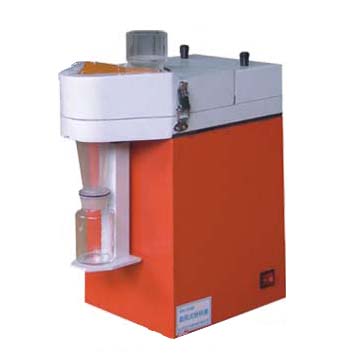Laboratory grinding mill is an instrument for high-efficiency comminution of grain samples. It is commonly used in the quality testing of wheat, corn, rice, corn, and soybeans. The sample after comminution by the laboratory crusher meets the requirements for the detection of aged foods. Wheat whole wheat flour gluten is required to determine the pre-treatment requirements. Therefore, in recent years, laboratory grinding mills have been widely used in the grain sector and other related departments such as acquisition, storage, processing, storage, transport, scientific research, health, and foreign trade. This is an ideal laboratory. With grinding grinder.
A completely new elevator to replace the old one
WHEN TO REPLACE AN ELEVATOR?
We recommend full replacement if your elevator has a small, cramped car, takes a long time to travel between floors, is often out of order and is 15 years old or more.
With CEP Full Elevator Replacement you will improve user safety and comfort, increase building values and reduce unplanned repair costs. All this is possible hassle-free thanks to our installation process.
FULL REPLACEMENT SOLUTIONS
We offer 30 eco-efficient full elevator replacement solutions. Find out more below.
Full Elevator Replacement Full Elevator Replacement,Mrl Commercial Elevators,Hospital Bed Elevators,Residential Elevators CEP Elevator Products ( China ) Co., Ltd. , https://www.china-elevators.com
Before any equipment and equipment products need to be used for related inspections, it is necessary to ensure safety and guarantee the smooth progress of the test. The purpose is to determine whether the equipment is in good condition and the working conditions are in compliance with the requirements. The same applies to the use of laboratory crushers. In order to ensure that food samples that meet the requirements can be prepared for the next step in the related grain inspection work, the following inspections are also required before laboratory grinding and grinding.
1. Safety inspection According to the requirements of laboratory grinding mill, the power required by the instrument is AC 220±10V, 50Hz, the starting current of the motor is less than 30A, and the working current is less than 5A. Therefore, it is necessary to strictly check whether the power supply meets the standard before use.
2. Inspection of working conditions Check whether the working conditions of the laboratory grinding mill meet the requirements, such as whether the cyclone mill is placed close to the power supply, and whether the placed area is convenient to operate, and whether there is any influence on the experimental process.
3. Performance inspection Laboratory grinding mill performance inspection includes a number of aspects, including checking the flexibility of up and down movement of the sample bottle holder; check whether the specifications of the sieve meet the requirements of the application, when the processing requirements are low, you can remove the sieve Tablets, replaced with 40 mesh sieves.
4. Cleaning inspection In order to determine whether the inside of the instrument is clean after the previous operation is completed, you can open the lid of the grinding chamber to inspect, clean out the particles in the grinding chamber and on the packing, and inspect and clean the left hole of the base of the grinding chamber. Dust-type debris inside to ensure that the hole power protection switch is unobstructed when the contact is pressed.
The above are four major inspections that need to be carried out before the laboratory grinding mill is used. To do these tasks is an important prerequisite for ensuring the smoothness of the test and an important guarantee for the true and effective test results. Therefore, the inspection of the laboratory grinding mill is an experiment. The process must not be saved.
What are the inspections that need to be carried out before laboratory crusher grinding?